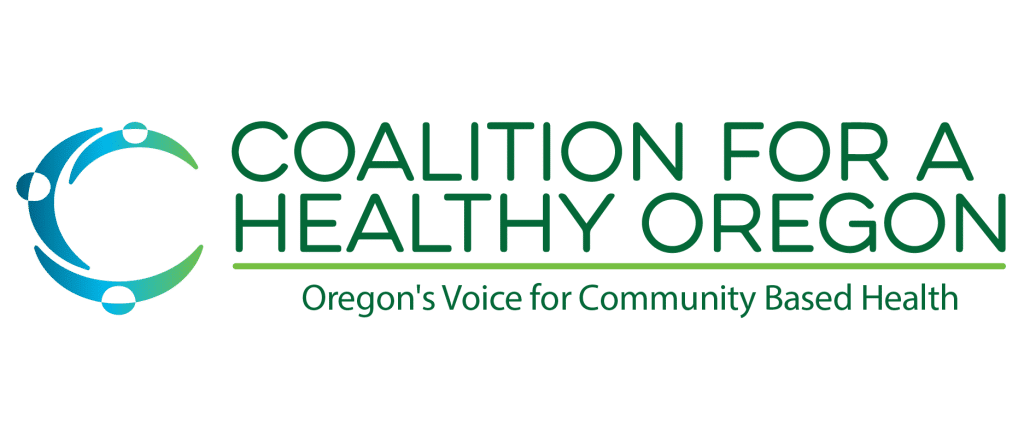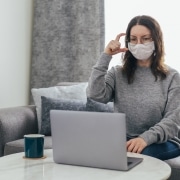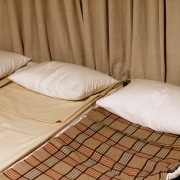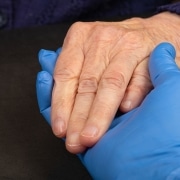CCO Highlight: Trillium Community Health Net
All our member CCOs are doing a fantastic job at ensuring that their communities have their needs met throughout this crisis, and this week we are featuring some investments made by Trillium Community Health Net.
Trillium has been focused on investing in community partners to respond to needs related to the crisis, and we are here to detail all the amazing investments that Trillium has made in their community right here in Oregon, including the tens of thousands of dollars to expand food distribution programs in metro and rural area school districts, specifically targeting schools that have a 50% or greater free and reduced lunch participation.
These investments, made from their parent company’s COVID-19 Community Relief Fund, are intended to provide financial support to areas of social determinants of health that are becoming even more prevalent now that hundreds of thousands of Oregonians are laid off work, and potentially can’t afford basic necessities.
Trillium partnered with their Community Advisory Committee (CAC), which is made up of board members, community members, and at least one Oregon Health Plan (OHP) member to decide what their priorities should be within the community, and continue to have conversations about how to best aid their members and providers on a weekly basis.
Through this collaboration, Trillium decided that the most important needs for their members were food resources, access to high-speed broadband connectivity, and providing key health and educational products to those in need.
Not only did Trillium invest in the metro food distribution program, they also provided support to a local nonprofit by matching donations at a local food drive, and investing directly into the nonprofit to ensure that families have immediate access to food.
Finally, Trillium donated 500 Walmart gift cards to organizations that provide assistance to houseless and other marginalized populations. These gift cards were distributed among eleven different organizations across Trillium’s entire service area, to ensure that Oregonians are getting the help they need. This investment specifically allows individuals experiencing houselessness to buy necessities such as diapers, tents, and hygiene products.
Thank youTrillium for you wonderful investments in your community! We can’t wait to see what you do next!










